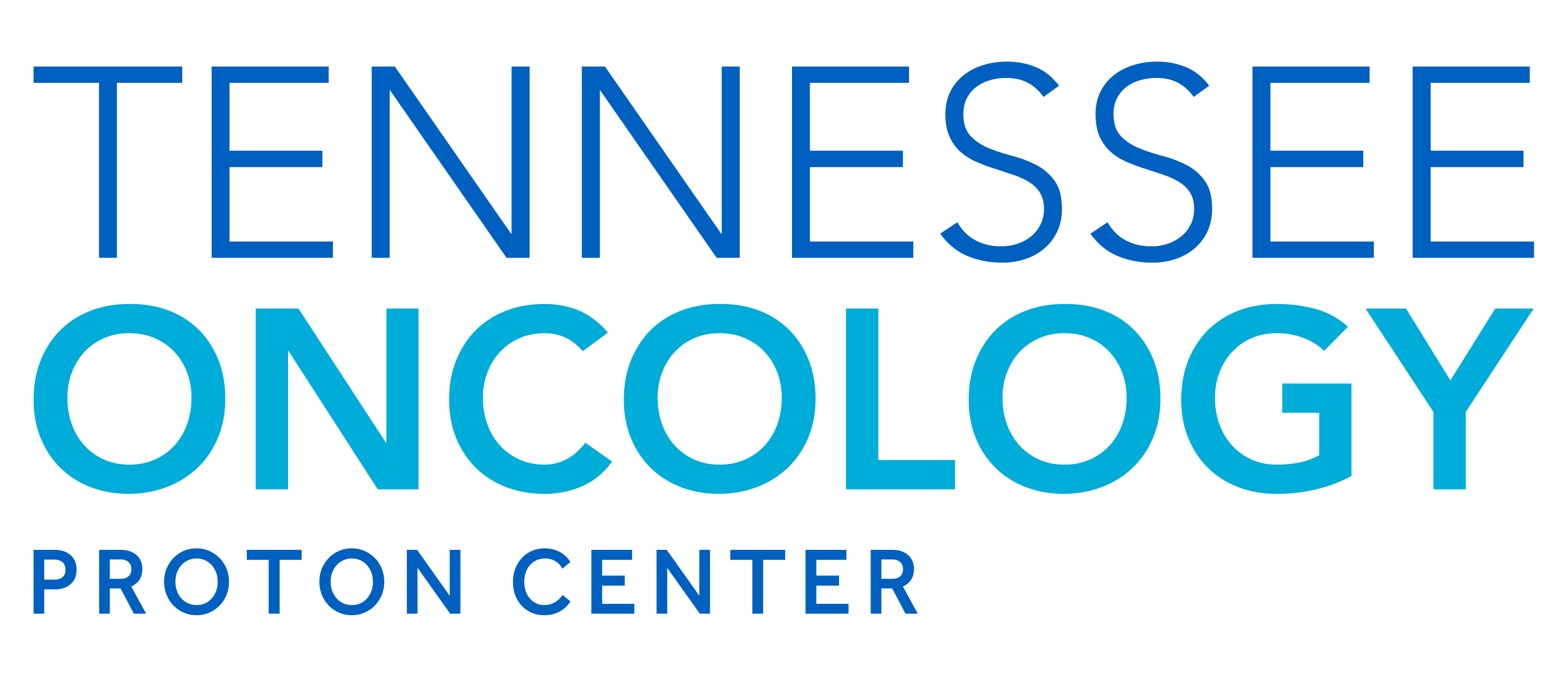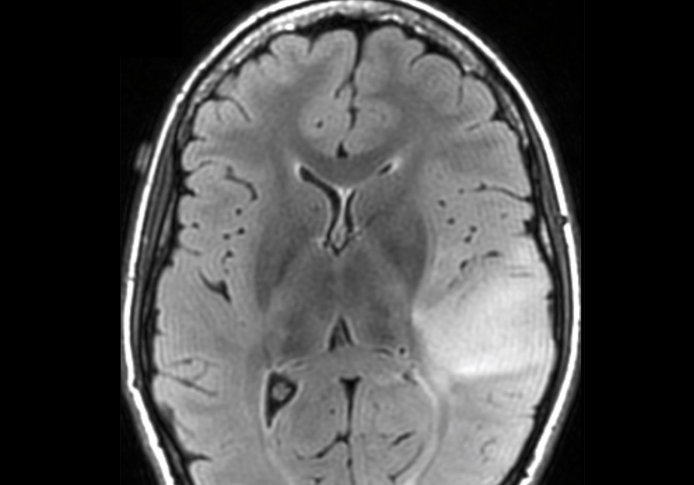Table of Contents
Understanding IDH-Mutant Gliomas
IDH, or isocitrate dehydrogenase, mutations occur in a substantial proportion of lower-grade gliomas and secondary glioblastomas. These mutations alter cellular metabolism and epigenetic regulation, leading to tumors that often grow more slowly than their IDH-wildtype counterparts.
Patients with IDH-mutant gliomas tend to have longer overall survival, sometimes measured in years rather than months. This extended prognosis means treatment approaches must consider not only tumor control but also long-term cognitive outcomes, quality of life, and the risks associated with repeated therapies over time.
The Role of Radiotherapy
Radiotherapy has historically been the backbone of glioma treatment alongside surgery and chemotherapy. For IDH-mutant tumors, several pivotal studies have examined whether immediate postoperative radiation versus delayed treatment affects survival outcomes and cognitive function.
The consensus emerging from recent research suggests that radiotherapy provides significant progression-free survival benefits. However, given the typically younger age of patients and their longer life expectancy, minimizing late neurocognitive effects is critical. This has spurred interest in modalities that deliver highly conformal dose distributions, reducing unnecessary exposure to healthy brain tissue.
Proton Therapy and Precision Care
Proton therapy offers a distinct advantage over conventional photon-based radiation because of its physical dose deposition characteristics. The Bragg peak phenomenon allows protons to deposit maximal energy at a specific depth with minimal exit dose, sparing healthy tissue beyond the target.
For IDH-mutant glioma patients, this precision matters. Many tumors arise near critical brain structures involved in memory, executive function, and language. By reducing radiation exposure to these areas, proton therapy may help preserve neurocognitive performance and overall quality of life without compromising tumor control.
Institutions across the country, including Tennessee Oncology Proton Center, are actively integrating proton therapy into the treatment algorithm for selected glioma patients, especially when long-term survivorship is anticipated.
Timing and Sequencing Considerations
One of the ongoing debates in neuro-oncology is the optimal timing of radiotherapy for IDH-mutant gliomas. Some protocols advocate for early postoperative radiation to maximize tumor control, while others support a watch-and-wait approach in select patients with favorable prognostic markers.
Molecular profiling now informs many of these decisions. Markers such as 1p/19q codeletion status, MGMT methylation, and tumor grade all contribute to risk stratification. Patients with low-risk profiles may safely defer radiation until disease progression, thereby delaying potential late toxicities.
Ongoing clinical trials are expected to clarify whether integrating novel systemic therapies with radiation can further optimize sequencing for both efficacy and safety.
Balancing Outcomes and Quality of Life
Because IDH-mutant glioma patients often live many years after diagnosis, treatment planning must address long-term quality of life. Cognitive preservation, endocrine function, and psychosocial well-being are increasingly recognized as critical endpoints alongside tumor control.
Advanced imaging techniques, including functional MRI and diffusion tensor imaging, now allow radiation oncologists to map eloquent brain regions with remarkable accuracy. These tools guide proton therapy planning to limit dose exposure to areas associated with language, motor control, and memory.
Multidisciplinary care involving neuro-oncologists, neurosurgeons, radiation oncologists, and supportive care specialists ensures that decisions reflect each patient’s clinical, functional, and personal priorities.
Emerging Therapies and Research Directions
Beyond radiotherapy, several experimental approaches are under investigation for IDH-mutant gliomas. These include targeted inhibitors of mutant IDH enzymes, immunotherapy combinations, and novel chemotherapy regimens.
Early-phase trials are exploring whether adding IDH inhibitors to radiation and temozolomide can improve outcomes without increasing toxicity. Other studies are examining tumor vaccines and checkpoint inhibitors, hoping to leverage the immune system in controlling slow-growing but persistent disease.
As these therapies mature, radiation planning will likely evolve to incorporate biomarkers that predict radiosensitivity, immune activation, or metabolic vulnerabilities unique to IDH-mutant tumors.
How Tennessee Oncology Proton Center Supports Patients
At Tennessee Oncology Proton Center, our philosophy centers on precision, personalization, and patient empowerment. For individuals with IDH-mutant gliomas, we offer:
- Comprehensive molecular and imaging evaluation before treatment planning.
- Access to advanced proton therapy technology with robust quality assurance protocols.
- Multidisciplinary care coordination with neurosurgery, neuro-oncology, and rehabilitation specialists.
- Support services addressing neurocognitive health, mental well-being, and survivorship needs.
We actively monitor emerging clinical trial data to ensure our patients benefit from the latest evidence-based recommendations. When appropriate, we connect patients with research opportunities that may expand future treatment options.
Patients and families can schedule consultations to learn how proton therapy integrates into their individualized care plans and what supportive resources are available throughout the treatment journey.
References
- OncoDaily. “Radiotherapy for IDH-Mutant Glioma: Key Insights and Evidence.” 2025.
- National Comprehensive Cancer Network (NCCN). Central Nervous System Cancers Guidelines.
- American Society for Radiation Oncology (ASTRO). Clinical Practice Statements on Glioma Management.





